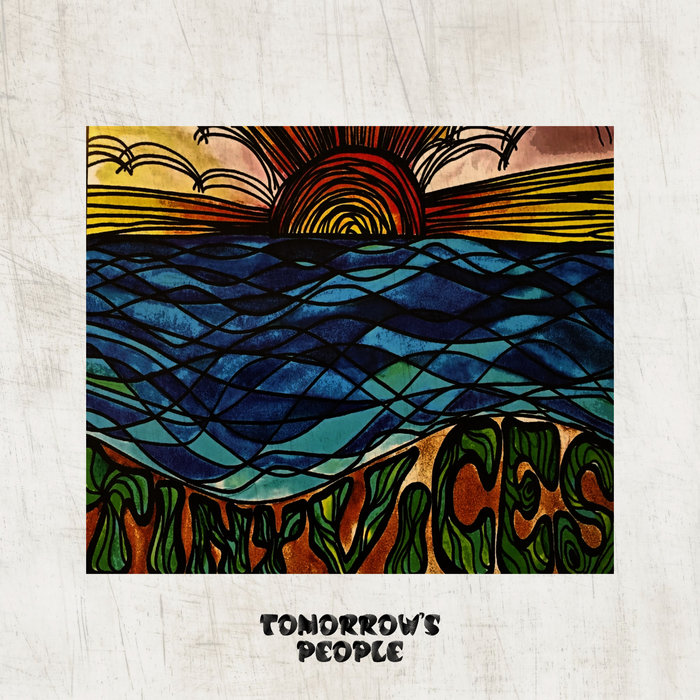
Run Along – Mango Hill Records
this blog is GROOVY – check out great Soul, Funk, Jazz, Hip Hop, Bass, Breaks , Reggae, House n many more TUNES
When you think of jazz, images of smoky clubs, smooth saxophones, and tapping feet come to mind. But lurking in the background (and sometimes front and center) is an unsung hero of the genre: the jazz organ. Let’s take a funky ride through its history, explore its evolution, and share some quirky tales about the musicians who have rocked it.
The jazz organ has roots that stretch back to the 19th century with instruments like the pipe organ. However, it wasn’t until electric organs entered the scene in the mid-20th century that things really started getting jazzy. Enter the Hammond B-3, a beastly instrument born in 1955 that would change everything.
The Hammond B-3 was designed for gospel music but quickly found its way into jazz lounges and dance halls across America. Its warm tones complemented brass sections perfectly while providing rhythm that made people want to shake their hips! It became an essential part of many bands during this era.
Musicians loved how they could pull off all kinds of craziness with this machine—mixing chords with melody lines while adding vibrato like no other!
One time at a jam session, legendary organist Jimmy Smith accidentally played a note so high it shattered glass near him! Okay, maybe that’s just urban legend—but if anyone could do it, it’d be Jimmy.
As we grooved into the ’60s and beyond, musicians like Jimmy Smith, Shirley Scott, and Larry Young introduced fresh sounds using improvisation on those keys. Smith was particularly known for his “soul-jazz” style—a blend that’ll make your heart groove outta control!
Smith’s performances were electrifying; they included popping up from behind his organ to bust out some dance moves while still laying down heavy grooves—talk about multitasking! He had a knack for inspiring fellow artists too; even rock legends said he opened doors to new musical ideas.
In addition to being key players (literally), these pioneers laid down tracks that were often recorded live. They brought soulfulness infused with bluesy riffs—and let’s not forget those catchy bass lines made possible by foot-powered pedals!
Organists began experimenting more actively with different genres—from fusion jazz influences woven in by Larry Young straight into funky grooves reminiscent of Sly Stone or Prince`s early days—the possibilities felt endless!
Ever heard about Larry Young’s “Unity”? During one performance at The Village Vanguard where he led his bandmates through improv-heavy sessions filled with mind-bending melodies? His pants split wide open mid-solo! Instead of stopping or being embarrassed—you guessed it—he just kept playing without missing a beat!
With advancements in technology during disco fever years—welcome synthesizers! Electronic keyboards emerged onto stages alongside traditional organs bringing forth experimental sounds both sweet & wild!. Artists such as Herbie Hancock embraced synthesis using them alongside classic organs creating sonic tapestries previously unheard – paving paths towards modern music we hear today!.
George Duke also left footprints everywhere around funk/jazz realms making waves creating hits exclusively featuring synth styles crossed over chorus-laden charm dripping joyfully onto listeners’ ears – keeping parties alive long after dusk fell every night!.
You know what makes jazz groovy? It isn’t only fantastic solos but also where our beloved rhythmic foundation fits right into place providing pulse throughout each tune feels vital/necessary!. From great drummers’ intricate patterns lying beneath soulful chord progressions drifting above , undoubtedly binding together creating unforgettable songs time again!.
At times when mega-talented drummers couldn’t show up ?? Cue pedal-driven beats from talented keyboard maestros stepping seamlessly filling gaps allowing bands thrive powering forward tirelessly till dawn broke upon dawned horizon lighting skies anew shining brighter than ever before inspiring countless artists strive greatness find themselves among stars twinkling high above crowds dancing below…
Did you know famous drummer/bandleader Buddy Rich once challenged Joan Rivers backstage during her show?? He claimed she wasn’t funny enough leading him hilariously losing track emphasizing rhythms hard-hitting instead laughter erupted captivating audiences witnessing unexpected comedic exchange taking wild turns before finally settling differences amicably – one love folks!!
Fast forward to today and you’ll find young cats carrying on this legacy—not just sticking strictly within “jazz” labels either! Artists weave layers incorporating hip-hop/funk peppered throughout breaking barriers blurring boundaries redefining genres showcasing true artistry finding freedom exploration limitless inspirations guiding hands hearts sharing stories world needs most hear now more than ever…
From warming up small intimate spots straight grand concert halls soaring heights reaching audiences miles away uniting spirits energizing bonds forming friendships forever lasting reminding everyone why music matters illuminating pathways connecting lives magically… Who knew something so simple as pressing keys producing dazzling notes could inspire happiness turning everyday moments extraordinary?!
So next time your toes start tapping along listening vibrant tunes remember hands tickling ivory wouldn’t shine bright without passionate souls feeding fire reviving rich history echoes past loopy dreams dance alive embracing future dancing ground breaking tradition reflect passionately beating selves inspired rest connect experiences journey deeper knowing fun awaits treasures unveil delightful surprises capture essence pure joyfulness resonates eternally harmoniously united souls vibraphonic bliss sensationality radiating effortlessly across perspectives breathing life organically spontaneous free flowing adorning magic crafted lovingly blended celebrating existence jubilantly eternal unity remind embrace diversity cherish shared connections enriched experience colored canvas soundscapes explored still resound brightly ringing true letting loose jive expressing joyousness playfully serve timeless memories keep thriving exciting adventures unfolding beautifully songbook chronicles continue writing brilliant epics changing lives daring souls explore creative depths revolution always welcoming groove lovers join party endlessly cultivate passions lively uplifting expressions revealing wondrous beauty world awaits surely invites cheerleading celebrate precious unique tapestry stitched cultural heritage rooted deeply unfurling gloriously onward onward… Let’s keep boogie-ing y’all!!!

Run Along – Mango Hill Records
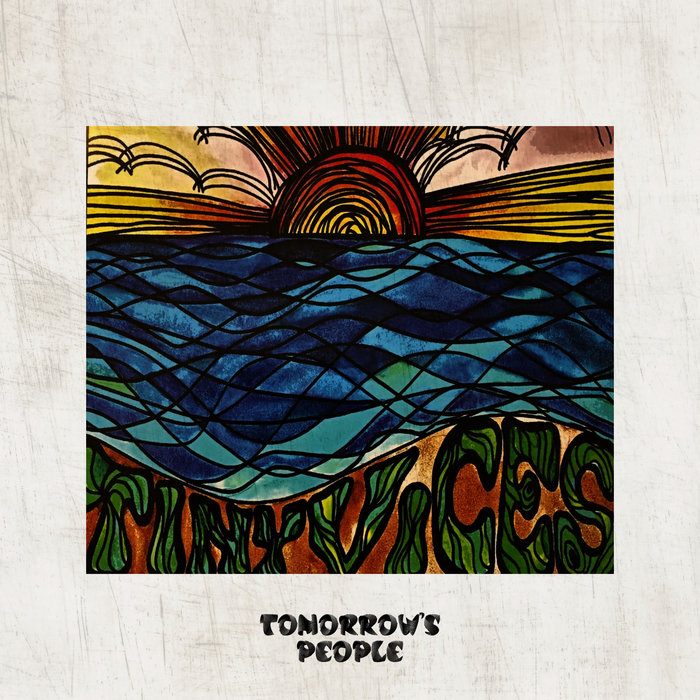
Follow You I – Mango Hill Records
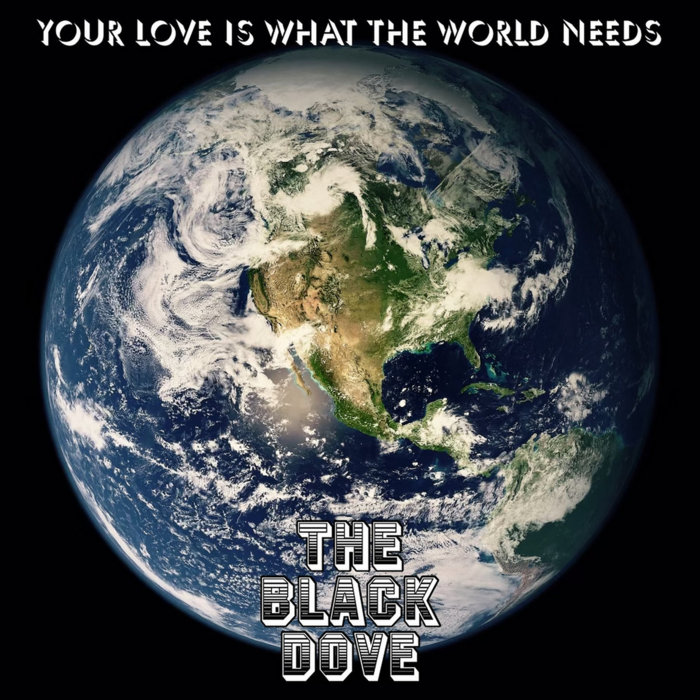
Your Love Is What The World Needs – Mango Hill Records
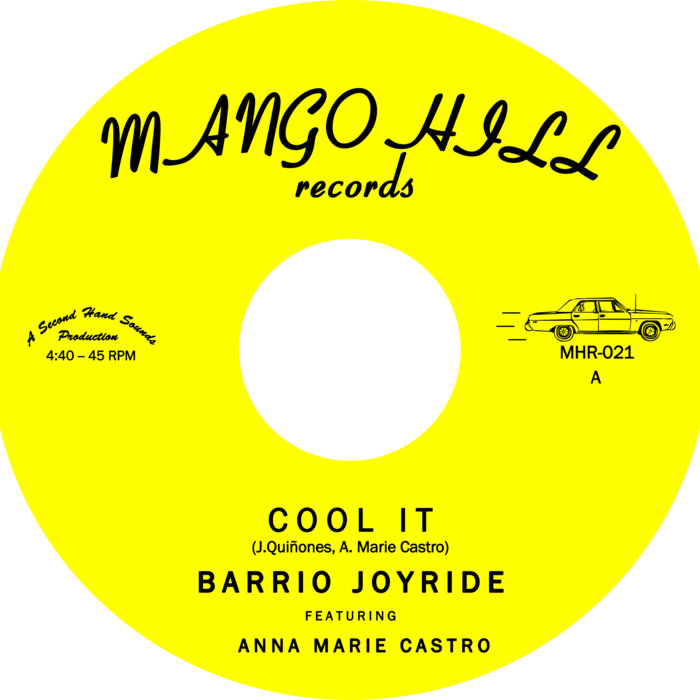
COOL IT – Mango Hill Records
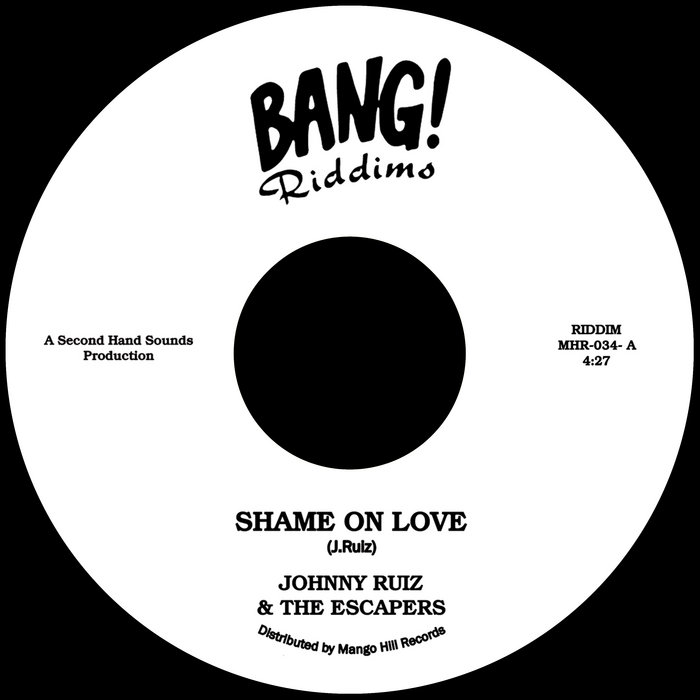
Shame On Love – Mango Hill Records
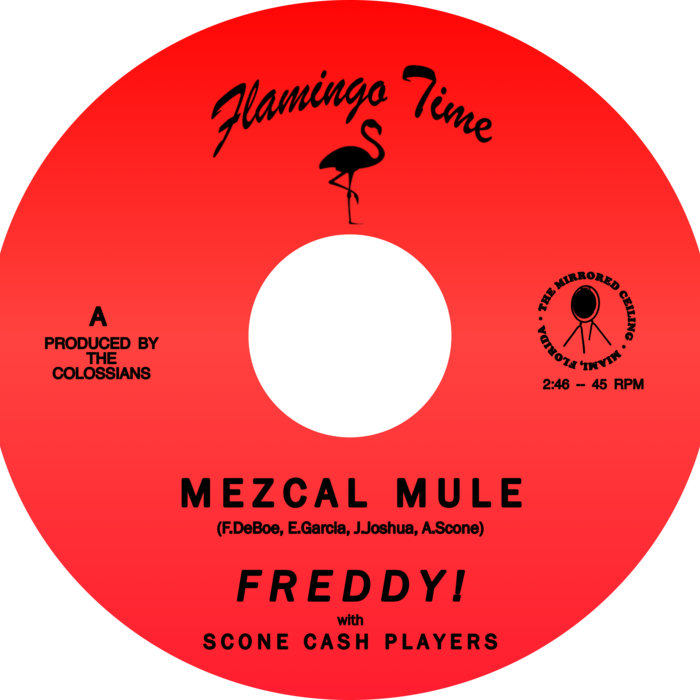
Medium Rare – Mango Hill Records